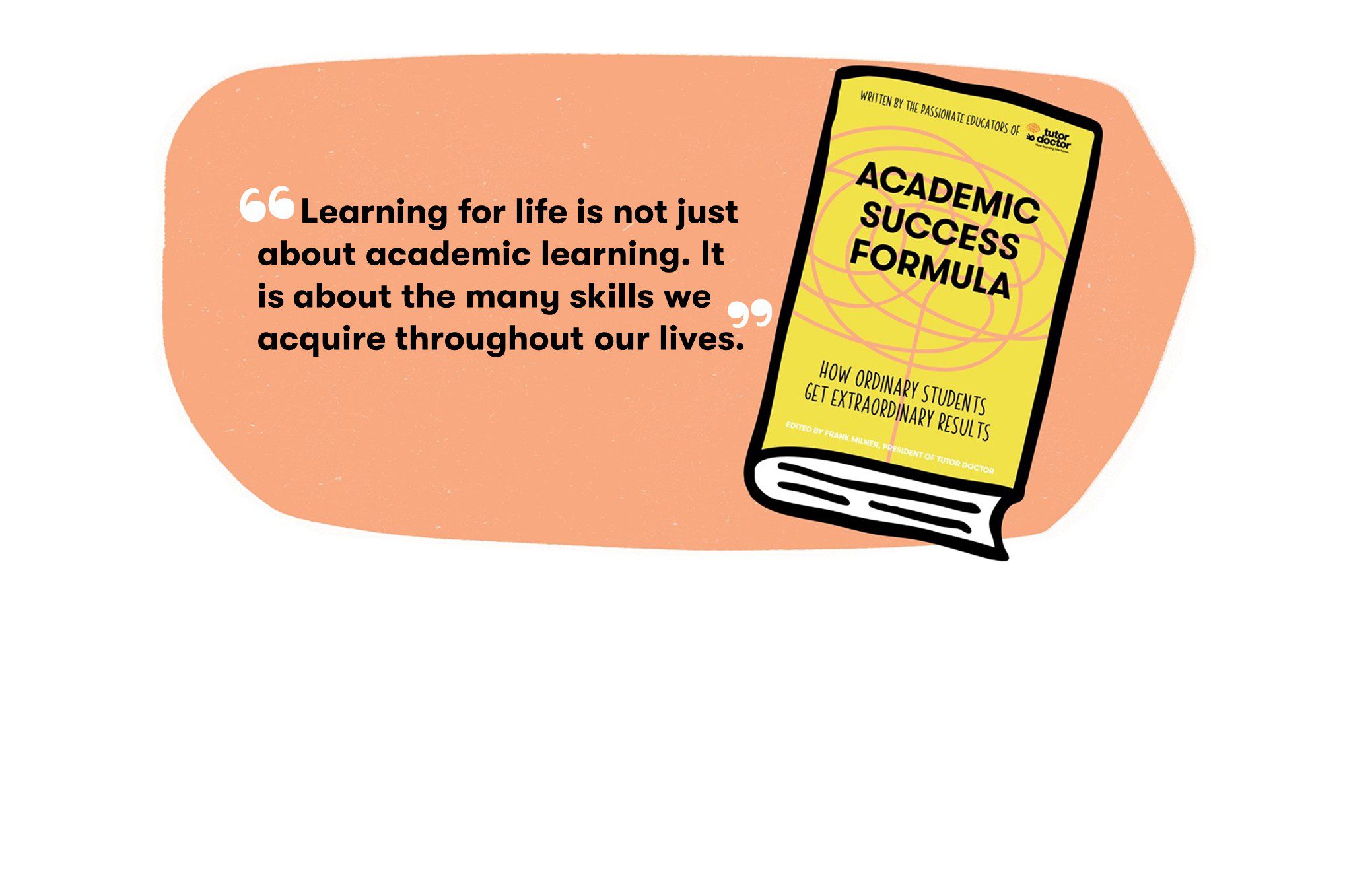With the tech industry booming, STEM education is more important than ever. Here are some STEM projects you can try at home – right from your own computer!
1. Create a website. A fun fact that most people don’t realize is that every tool you need to make a website is already included with your computer! A text editor (like Notepad on Windows and TextEdit on Apple) as well as a web browser (Chrome, Firefox, Edge) is all you need. Best of all, this STEM project is completely free! You can make a practice website hosted locally on your own computer, while learning how to code HTML in the process. Coding is an incredibly valuable skill for any career, and HTML is one of the best places to start! Much of HTML’s core language hasn’t changed much since the 1990s, and there are tons of great online resources (also free!) to help you learn. Check out W3 Schools tried-and-true HTML tutorial if you want to start teaching yourself!
2. Build something. Whether it’s putting a model together or helping a parent with a household project, hands-on activities are one of the best ways to enhance STEM learning. Building toys (LEGO being the most popular) are also excellent options to encourage STEM interests, with many themes deliberately focusing on science and technology-related fields. Click here to check out some suggestions for great STEM toys for children of all ages!
3. Design a robot. Robotics is all the rage these days, and access to technology at home has made robotics-based projects more accessible than ever. Robotics kits are very popular and range from simple to very complex, with more detailed options offering alternative builds and programming features. However, small children can also get into robot-building with the help of parental supervision! Check out some of these awesome robots you can build at home.
4. Science experiments. What better way to learn about science than to perform some laboratory experiments in your very own home? What we love about at-home science experiments is that most of the materials used are easily found around your household, making these activities easy to set up. Even with basic ingredients, these experiments can illustrate real scientific principles with real-world applications. Check out these awesome science experiments you can try at home!
5. Play video games. Lots of video games have educational value, and many focus specifically on STEM-related fields. As one example, Kerbal Space Program gives players control of Kerbals, an adorable race of aliens – with the goal of building a rocket to explore outer space. The game has become so popular that it has caught the attention of NASA and is now taught by several STEM programs! To learn more about how video games can help cognitive performance – as well as some great title suggestions – check out our blog on the topic!




